Will Your Resume Make the Cut?
Writing a resume can be a daunting time-consuming task. It can rank right up there with taxes, holiday travel, and dental work. But at some point, after countless self-negotiations, realization hits… it must be done.
Adding to the mix is the growing number of companies using Applicant Tracking Software (ATS) systems.
These automated, cloud-based systems streamline the hiring process by matching prime candidates to a job posting, filtering out the rest.
In 2019, 100% of Fortune 1000 companies and 80% of small to medium businesses used ATS systems.
The downside is, these systems can reject highly qualified applicants because of a simple misstep in an ill-formed resume.
If you don’t play by the rules, your resume will vanish into the abyss faster than a box of donuts in a breakroom. And the likelihood of it reaching human eyes, resulting in an interview is lost.
The good news is the software is only getting smarter. It’s able to recognize synonyms and semantics, making it easier for job seekers and resume writers who understand the ATS guidelines.
Here are Ward Resumes’ updated tips on how to conquer ATS and get the coveted interview.
Keywords
Systems look for keywords to see which applicants are the best fit. You’ll find the keywords in the job posting. Look for requirements or job descriptions. For example, if the job requires technical writing skills or troubleshooting manufacturing problems and you have those skills, mirror that language and incorporate it into your resume (don’t copy and paste or plagiarize)
A higher number of keyword matches, the higher the ranking.
A word of caution; while you’re not penalized for listing skills that are keywords, randomly adding keywords (loading) is bad. They must make sense and integrate seamlessly through your text.
Keywords on the first page rank higher than keywords on the second.
2. White Space
The human reader likes white space as does ATS, so this appeals to both. ATS wants to see more space around major headings and less around jobs. It also wants consistency, so if you start with 10 points of white space around a heading and 3 points between jobs, make sure it’s consistent throughout.
3. Avoid text boxes, columns, and tables
ATS does not recognize text boxes; anything in a text box will become a blank space. Also, if you use columns or tables, the heading can become disassociated from the body, leaving an unreadable mess.
4. Fonts, bold, italics, bullets and special characters
Non-text characters are not ranked and won’t affect your resume. Feel free to use typographical emphasis or fancy bullets for the human reader.
5. Don’t try to trick the system
Using “invisible” white text or other dodgy methods to keyword load may help a resume rank higher. But, once in human hands, the jig is up and will come off as dishonest. Best to rely on relevant skills and a well-written resume.
6. Don’t put vital information in headers or footers
Headers and footers are read but not scored. To be safe, don’t put any relevant information, especially your contact information in a header or footer.
7. Be mindful with abbreviations.
The software is getting smarter. It knows that R.N means nurse, B.S is Bachelor of Science but could get confused with abbreviations such as “IN.” Which can be anything from the word “in” to “Indiana,” “inches,” or “intelligent network.” When in doubt, spell it out.
8. Avoid functional formats.
The system scans for relevance and recency. Chronological or hybrid formats highlights this best.
9. Use standard headings
Back in the day, creative colors or headings were ways to stand out from the crowd when in the hands of a hiring manager. But ATS is all business. Stick to the basics. “Work Experience,” “Key Skills,” etc. Getting clever with headings runs the risk of rejection.
10. Cover letters are not ranked
To avoid repetition, don’t begin a resume on a cover letter. Save cover letters for soft skills and to create intrigue.
Understanding ATS and a well-written resume are crucial for employment progression. It’s best to assume your resume will filter through an ATS system. Hopefully, these guidelines provide some insight, and now the focus can be on crafting a stellar resume. It takes some time, but you’re worth every minute of it. But if you still find yourself overwhelmed, consider hiring a professional resume writer. The right resume writer will transform a basic work history document into your unique, compelling story, that pleases recruiting software and hiring managers. Saving your time and sanity. Writing your resume doesn’t have to be stressful, audits, airports, and root canals are menacing enough.
Unlock the secrets to creating a standout resume with our insightful guide on Resume Tips. Dive into our blog post Resume Tips for expert advice on crafting a resume that effectively showcases your skills and experiences. For additional insights into the resume screening process, explore our article on Will Your Resume Make the Cut. Transform your resume into a powerful tool with our tips and tricks.
